Synthetic Lethality through the Lens of Medicinal Chemistry
- PMID: 33135887
- PMCID: PMC8015234
- DOI: 10.1021/acs.jmedchem.0c00766
Synthetic Lethality through the Lens of Medicinal Chemistry
Abstract
Personalized medicine and therapies represent the goal of modern medicine, as drug discovery strives to move away from one-cure-for-all and makes use of the various targets and biomarkers within differing disease areas. This approach, especially in oncology, is often undermined when the cells make use of alternative survival pathways. As such, acquired resistance is unfortunately common. In order to combat this phenomenon, synthetic lethality is being investigated, making use of existing genetic fragilities within the cancer cell. This Perspective highlights exciting targets within synthetic lethality, (PARP, ATR, ATM, DNA-PKcs, WEE1, CDK12, RAD51, RAD52, and PD-1) and discusses the medicinal chemistry programs being used to interrogate them, the challenges these programs face, and what the future holds for this promising field.
Conflict of interest statement
The authors declare no competing financial interest.
Figures
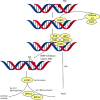





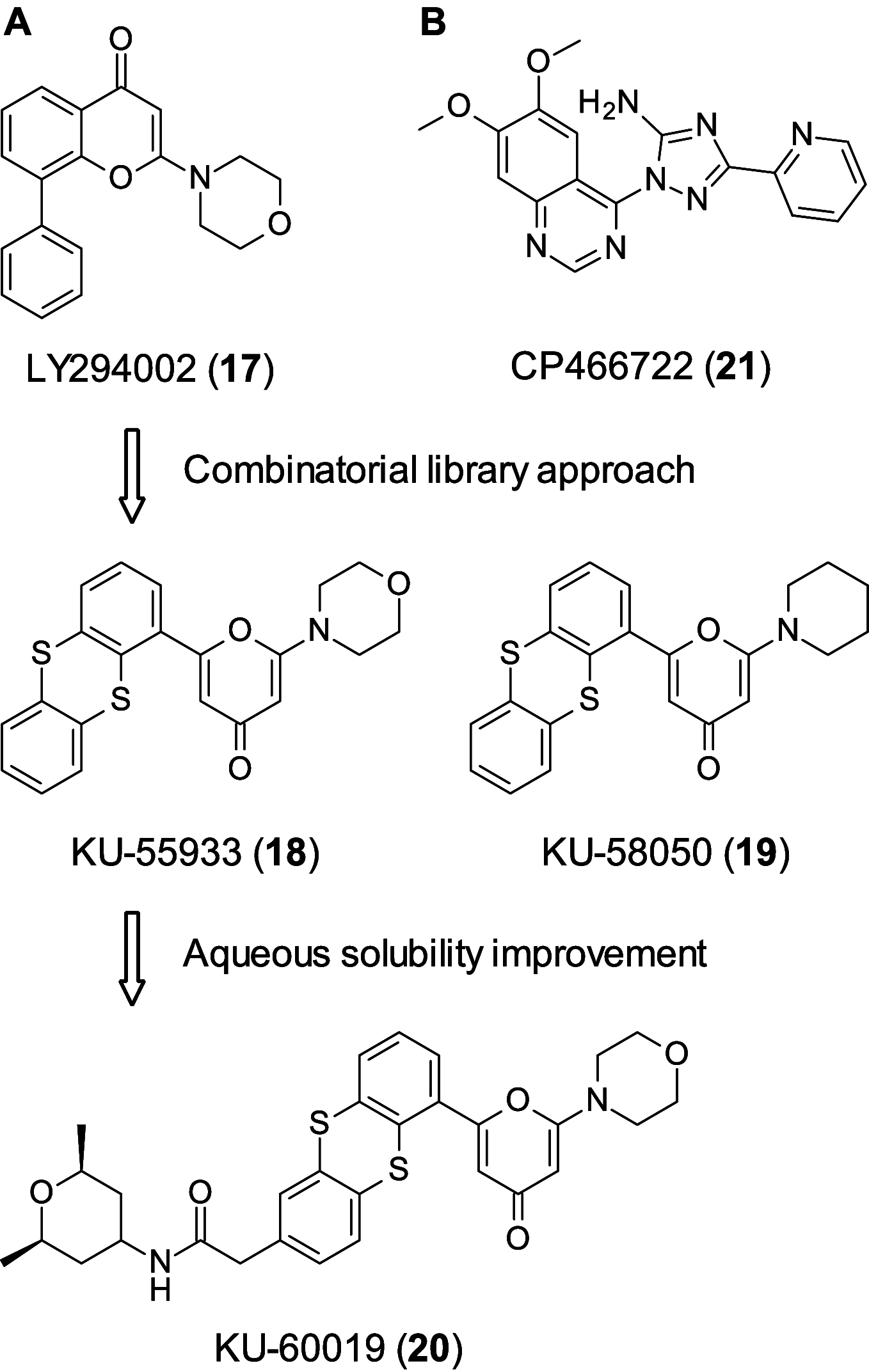

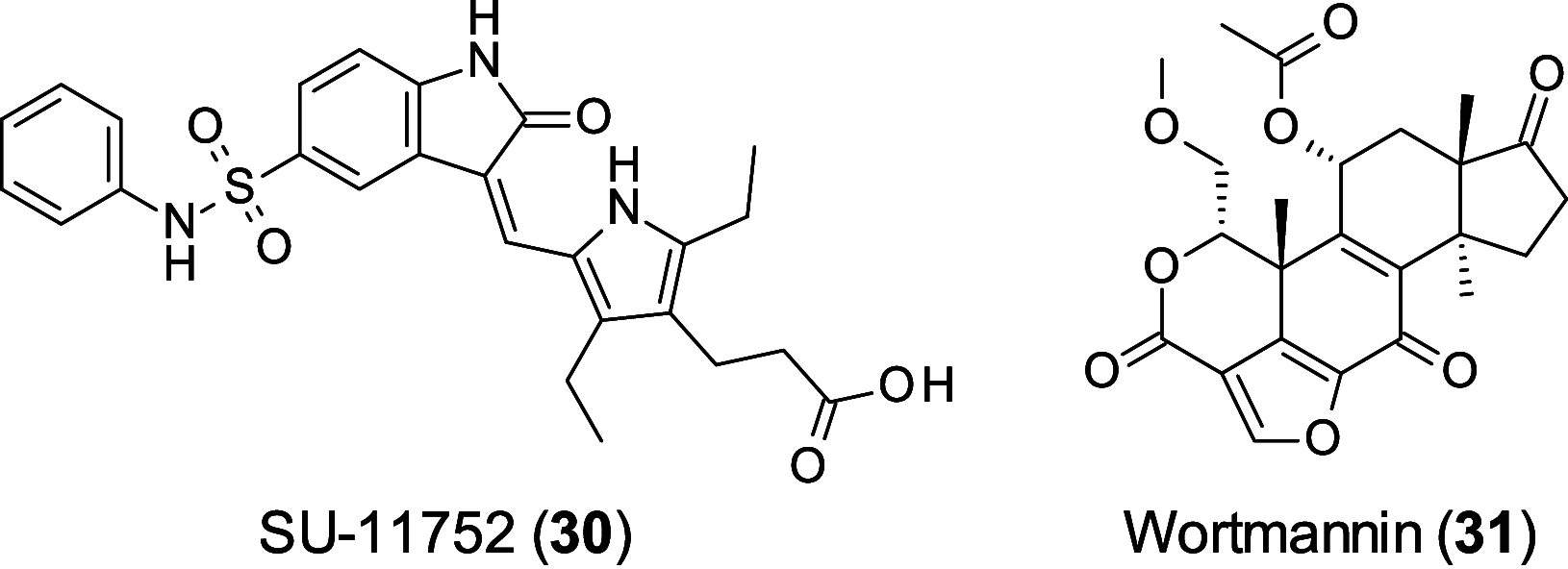
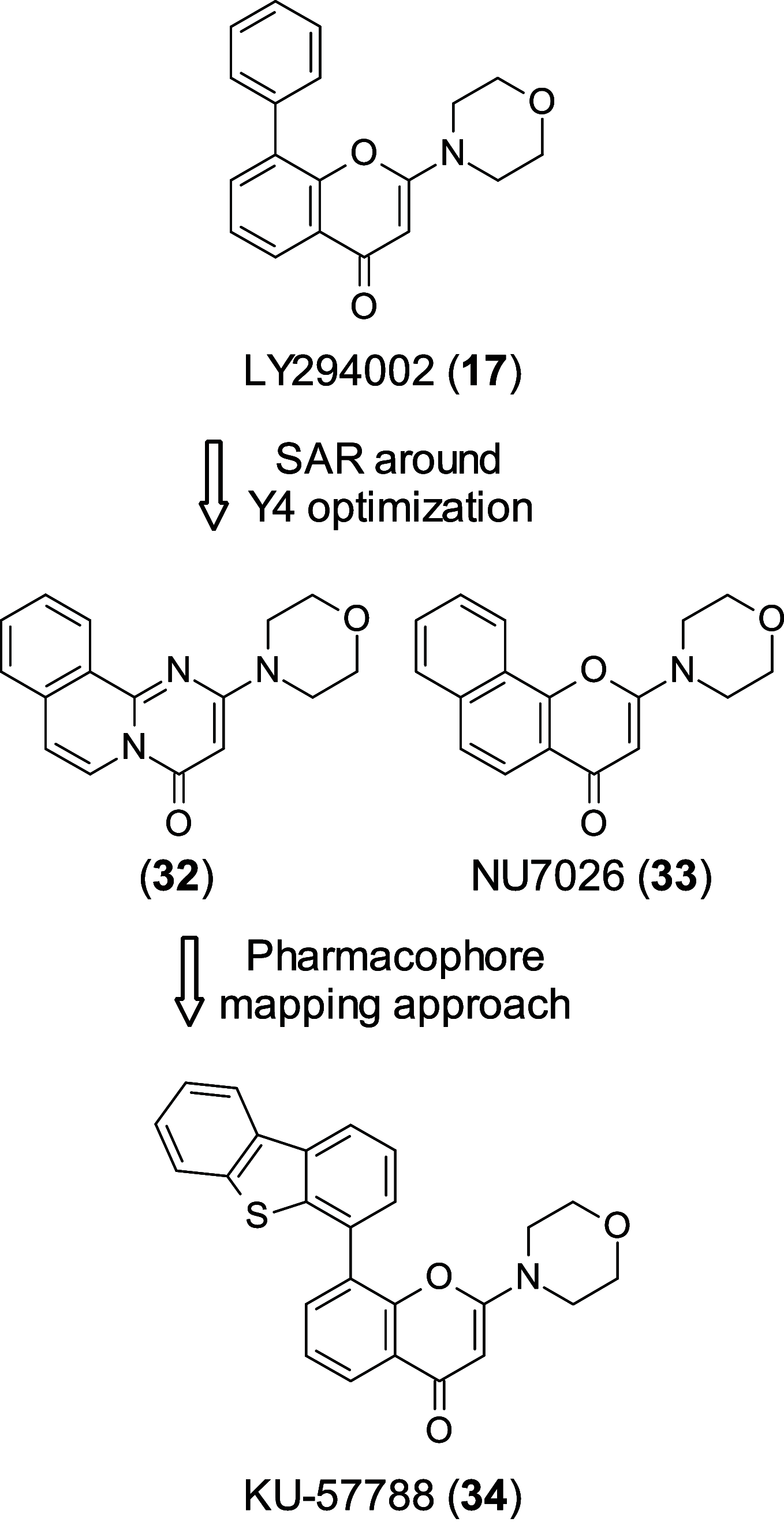
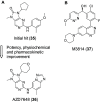

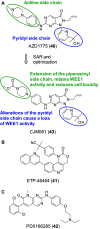
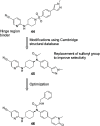


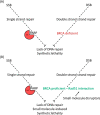

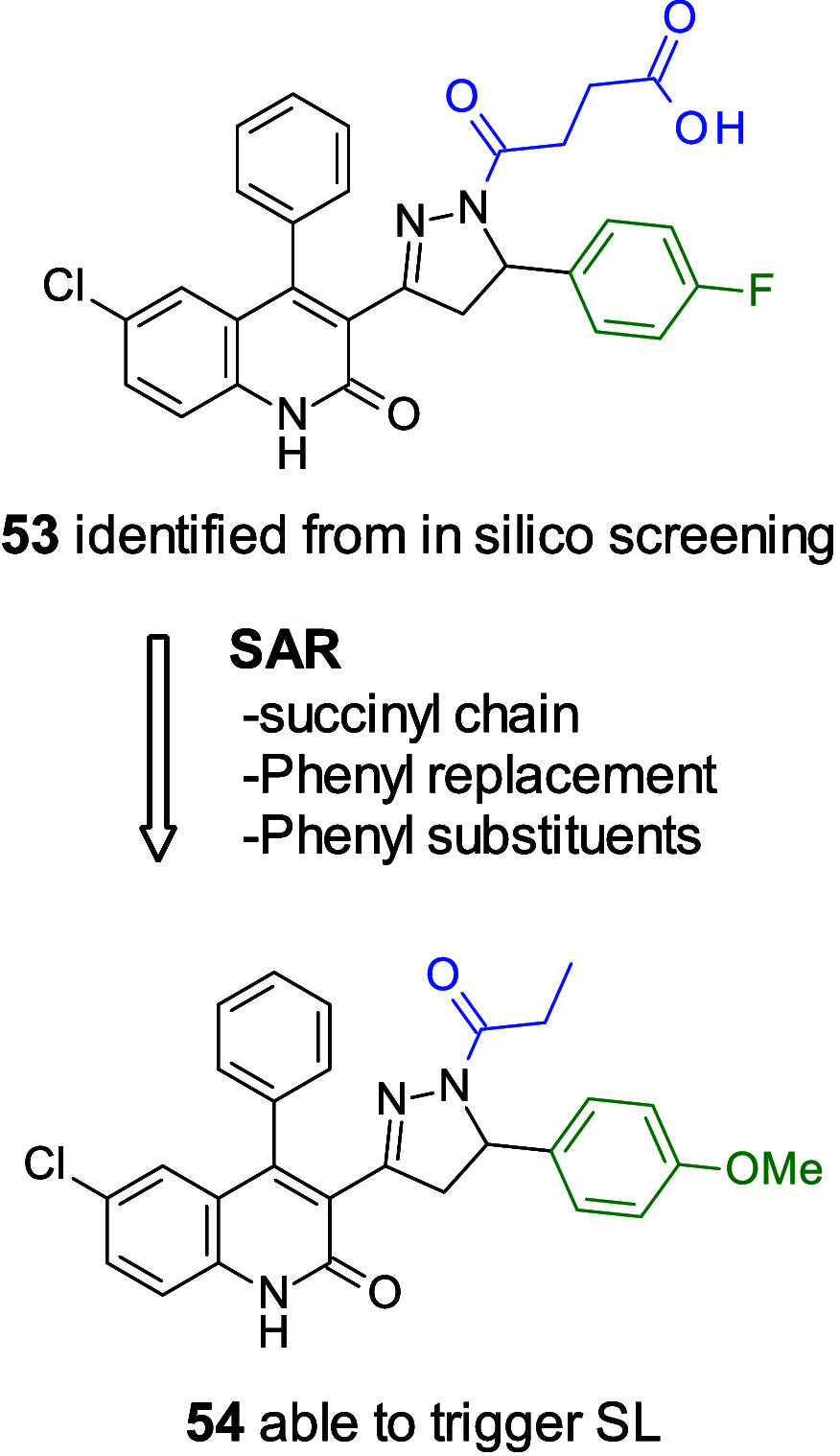
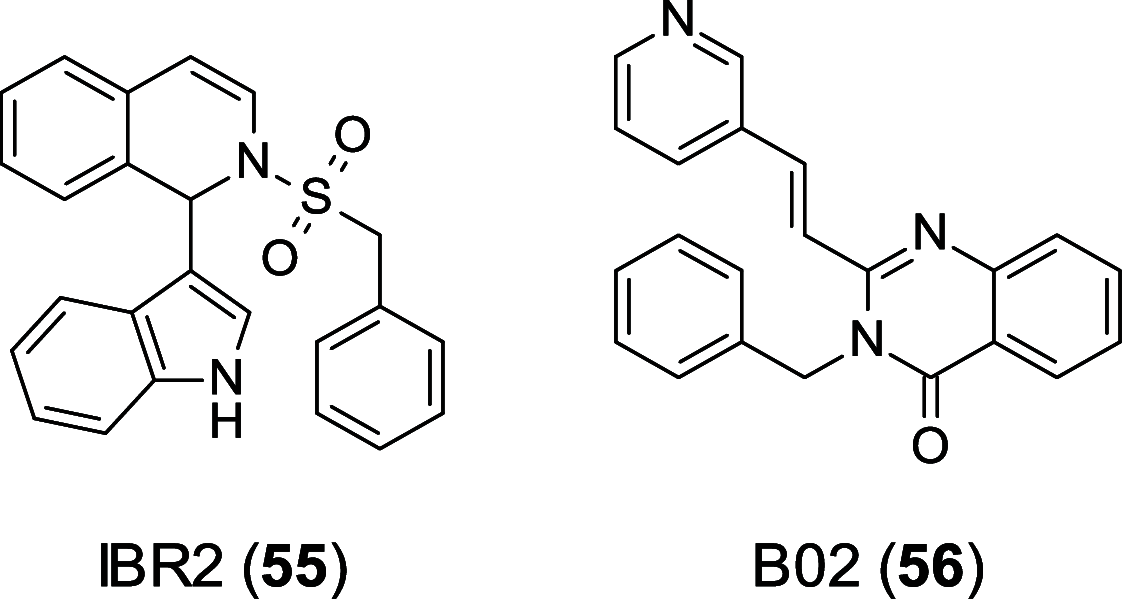


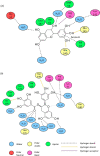

Similar articles
-
Targeting the DNA damage response in oncology: past, present and future perspectives.Curr Opin Oncol. 2012 May;24(3):316-24. doi: 10.1097/CCO.0b013e32835280c6. Curr Opin Oncol. 2012. PMID: 22476188 Review.
-
Synthetically Lethal Interactions of ATM, ATR, and DNA-PKcs.Trends Cancer. 2018 Nov;4(11):755-768. doi: 10.1016/j.trecan.2018.09.007. Epub 2018 Oct 9. Trends Cancer. 2018. PMID: 30352678 Review.
-
Targeting the replication stress response through synthetic lethal strategies in cancer medicine.Trends Cancer. 2021 Oct;7(10):930-957. doi: 10.1016/j.trecan.2021.06.002. Epub 2021 Jun 30. Trends Cancer. 2021. PMID: 34215565 Free PMC article. Review.
-
Role of autophagy in chemoresistance: regulation of the ATM-mediated DNA-damage signaling pathway through activation of DNA-PKcs and PARP-1.Biochem Pharmacol. 2012 Mar 15;83(6):747-57. doi: 10.1016/j.bcp.2011.12.029. Epub 2011 Dec 29. Biochem Pharmacol. 2012. PMID: 22226932
-
Evolving DNA repair synthetic lethality targets in cancer.Biosci Rep. 2022 Dec 22;42(12):BSR20221713. doi: 10.1042/BSR20221713. Biosci Rep. 2022. PMID: 36420962 Free PMC article.
Cited by
-
Wee1 inhibitor PD0166285 sensitized TP53 mutant lung squamous cell carcinoma to cisplatin via STAT1.Cancer Cell Int. 2024 Sep 13;24(1):315. doi: 10.1186/s12935-024-03489-w. Cancer Cell Int. 2024. PMID: 39272147 Free PMC article.
-
Recent Advances in the Development of Non-PIKKs Targeting Small Molecule Inhibitors of DNA Double-Strand Break Repair.Front Oncol. 2022 Apr 6;12:850883. doi: 10.3389/fonc.2022.850883. eCollection 2022. Front Oncol. 2022. PMID: 35463312 Free PMC article. Review.
-
Advances in molecular targeted therapies to increase efficacy of (chemo)radiation therapy.Strahlenther Onkol. 2023 Dec;199(12):1091-1109. doi: 10.1007/s00066-023-02064-y. Epub 2023 Apr 11. Strahlenther Onkol. 2023. PMID: 37041372 Free PMC article. Review.
-
PD-1/PD-L1 and DNA Damage Response in Cancer.Cells. 2023 Feb 7;12(4):530. doi: 10.3390/cells12040530. Cells. 2023. PMID: 36831197 Free PMC article. Review.
-
Investigating synthetic lethality and PARP inhibitor resistance in pancreatic cancer through enantiomer differential activity.Cell Death Discov. 2025 Mar 16;11(1):106. doi: 10.1038/s41420-025-02382-3. Cell Death Discov. 2025. PMID: 40091075 Free PMC article.
References
-
- Hochhaus A.; Larson R. A.; Guilhot F.; Radich J. P.; Branford S.; Hughes T. P.; Baccarani M.; Deininger M. W.; Cervantes F.; Fujihara S.; Ortmann C. E.; Menssen H. D.; Kantarjian H.; O’Brien S. G.; Druker B. J. Long-Term outcomes of Imatinib treatment for chronic myeloid leukemia. N. Engl. J. Med. 2017, 376 (10), 917–927. 10.1056/NEJMoa1609324. - DOI - PMC - PubMed
-
- Chapman P. B.; Hauschild A.; Robert C.; Haanen J. B.; Ascierto P.; Larkin J.; Dummer R.; Garbe C.; Testori A.; Maio M.; Hogg D.; Lorigan P.; Lebbe C.; Jouary T.; Schadendorf D.; Ribas A.; O’Day S. J.; Sosman J. A.; Kirkwood J. M.; Eggermont A. M.; Dreno B.; Nolop K.; Li J.; Nelson B.; Hou J.; Lee R. J.; Flaherty K. T.; McArthur G. A. Improved survival with vemurafenib in melanoma with BRAF V600E mutation. N. Engl. J. Med. 2011, 364 (26), 2507–2516. 10.1056/NEJMoa1103782. - DOI - PMC - PubMed
Publication types
MeSH terms
Substances
LinkOut - more resources
Full Text Sources
Chemical Information
Research Materials
Miscellaneous

